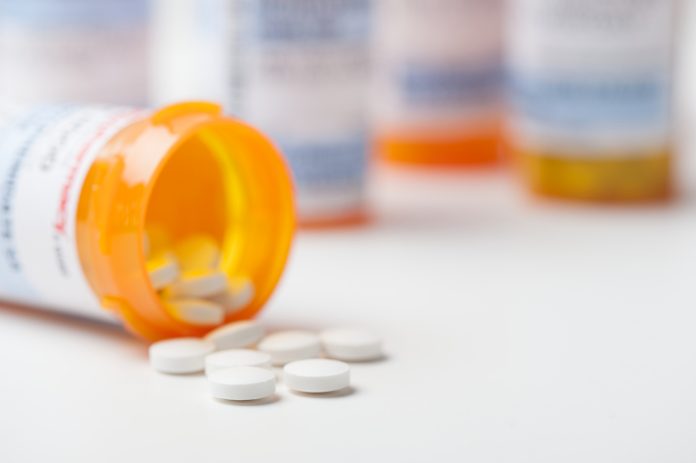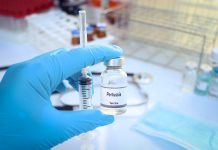Imagine a world where children’s medicine tastes like chocolate, seniors can take just one pill for all their daily medications, and you can get a drug made specifically for your unique health needs right at your local pharmacy
This is the future of 3D drug printing, a groundbreaking technology that could transform how we take and receive medicine.
Personalised 3D medicine
In 2015, the Food and Drug Administration (FDA) approved Spritam (levetiracetam), the first 3D-printed drug, for treating epilepsy. Since then, various manufacturers and pharmaceutical companies have been racing to develop their 3D-printed medications.
The potential benefits are enormous, offering more convenient, customised, and potentially more effective treatments.
One of the most exciting aspects of 3D drug printing is its versatility. For example, inkjet printers, similar to those used in homes but larger and more advanced, can create personalised medications on demand. These printers use nozzles to deposit liquified drug materials into tiny wells or directly into capsules. Through processes like freeze-drying, the liquid is transformed into tablets or powders, or even thin films that dissolve in the mouth.
The safety behind 3D printing in medicine
Ensuring the accuracy and safety of these 3D-printed medications is crucial. Even a tiny error in measuring a drug’s ingredients could have serious health consequences. That’s where quality control becomes essential.
In a recent research paper, Thomas P. Forbes, a scientist at the National Institute of Standards and Technology (NIST), examines various approaches to maintaining the quality of 3D-printed drugs. His study focuses on “quality by design” (QbD) principles, a framework for ensuring that products are consistently produced with the desired quality.
Forbes’ paper explores several methods to guarantee that 3D printers produce drugs with the correct dosages and chemical compositions.
While his research doesn’t provide specific recommendations, it rigorously tests different techniques to find the most reliable quality control measures. This work is a critical step towards making 3D drug printing a safe and practical reality for everyday use.
The widespread adoption of 3D drug printing could change healthcare, making it more personalised and accessible. However, it will require strict quality control measures to ensure that patients receive the right medications in the right dosages.











